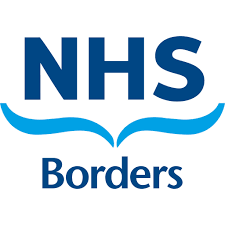Every child has the right to the best possible health (Article 29, UNRC).
Under the Age of Legal Capacity Act 1991, those under 16 may consent to medical treatment if, in the health professional’s opinion, they are capable of understanding the nature and possible health consequences of the procedure or treatment. Equally children and young people may have capacity to withhold/withdraw consent even if their parents want them to. See the NHS Borders Consent to Treatment Policy for further information.
In circumstances where children are denied these services by their
parents/carers, health professionals should assess all available information. It is advised that professionals consider each individual child’s circumstances and the likely implications of the failure to receive appropriate services. (NOTE: Babies and very young children are particularly vulnerable).
Professionals should take steps to ensure that parents are able to make informed choices and be flexible in negotiating alternative means of offering services.
Where services would normally be accessed in a clinic, a surgery or school, consideration should be given to home visits as an alternative means of offering services. Children who are persistently missing from school or who have been excluded may require home visits to facilitate uptake of services.
If parents/carers continue to fail to engage and there are concerns that the child’s health and development may be significantly impaired as a result of this, referral should be to the ICS Locality Team in which the child lives.
Refusal of Prescribed Treatment
Where parents, the child/YP or others refuse, withdraw or actively withhold commonly available foods or fluids, or fail to co-operate with prescribed medical or therapeutic treatment such that a child suffers, or is likely to suffer significant harm, or neglect, a Referral should be made immediately to the Children & Families Duty Social Work Team as per the Scottish Borders Child Protection Procedures.
Attempts may be made to justify the above neglect on some basis, for
example:
- The religion of the child/parent/carer
- Cultural expectations
- Disability of the child including learning difficulties
These attempts may be misguidedly believed to be in the child’s best
interests. Such information and reasons do not change the legal duties of all agencies to protect the child’s best interests, which may result in NHS Borders or Scottish Borders Council taking legal advice.
For further information refer to the Scottish Borders Child Protection
Procedures under the category of physical neglect.
In circumstances where children are repeatedly denied access to routine health services designed to promote their health and development, health professionals should ensure when communicating with parents/carers that they give sufficient information about the importance of the services to their child, outlining alternative means of provision and enabling them to make informed choices.
It is important for professionals to demonstrate that they are seeking
opportunities to work in partnership with parents in order to achieve good outcomes for the child.
Legally, it is important to have written evidence to prove that you have
attempted to gain co-operation with parents/carers in the routine delivery of services. The following information should be documented:
- The number of contacts / appointments not attended, including the dates and times (e.g. home visits, clinic / hospital appointments, phone calls).
- Information provided to parents/carers.
Consider referral to Children & Families Social Work and/or Meeting Around the Child/pre-birth MAC to discuss issues and possible solutions to engaging and supporting family

